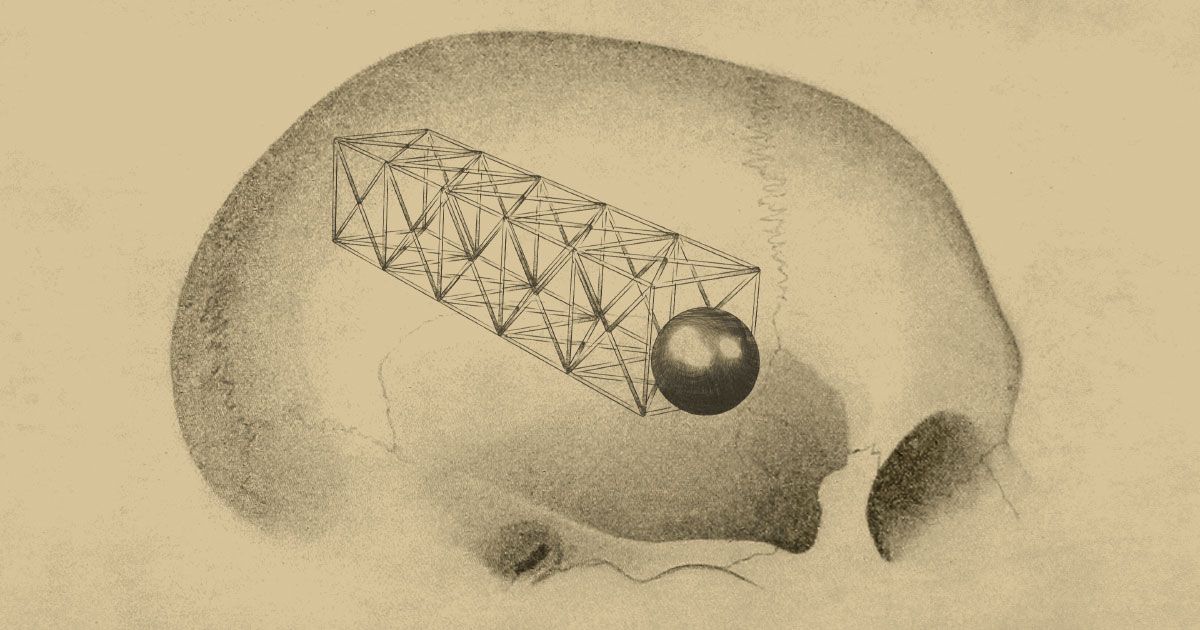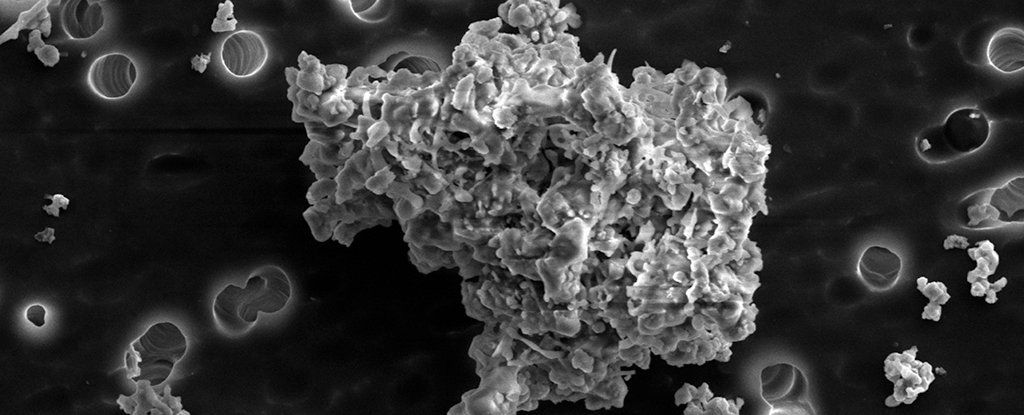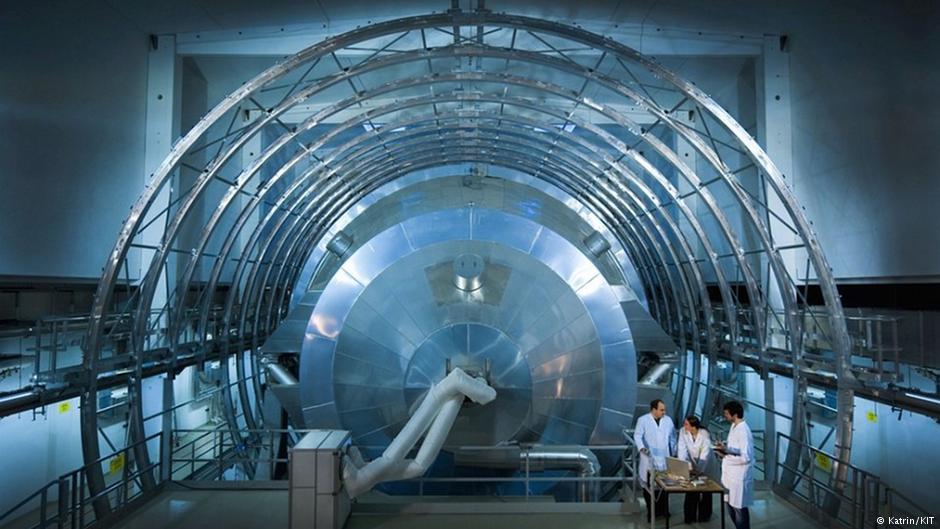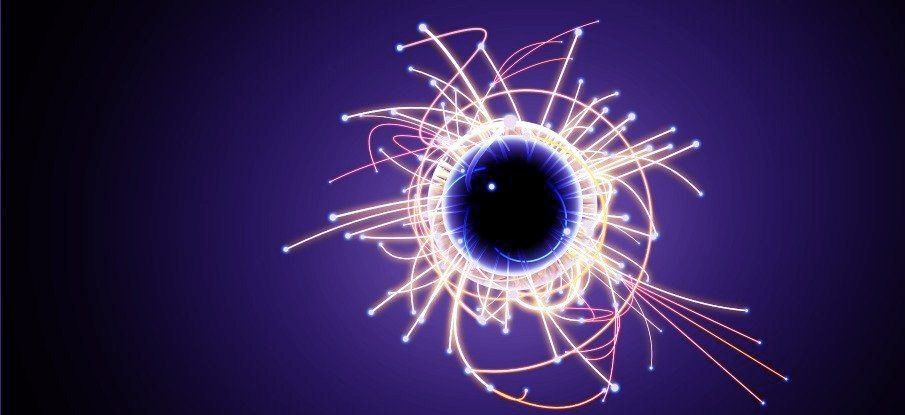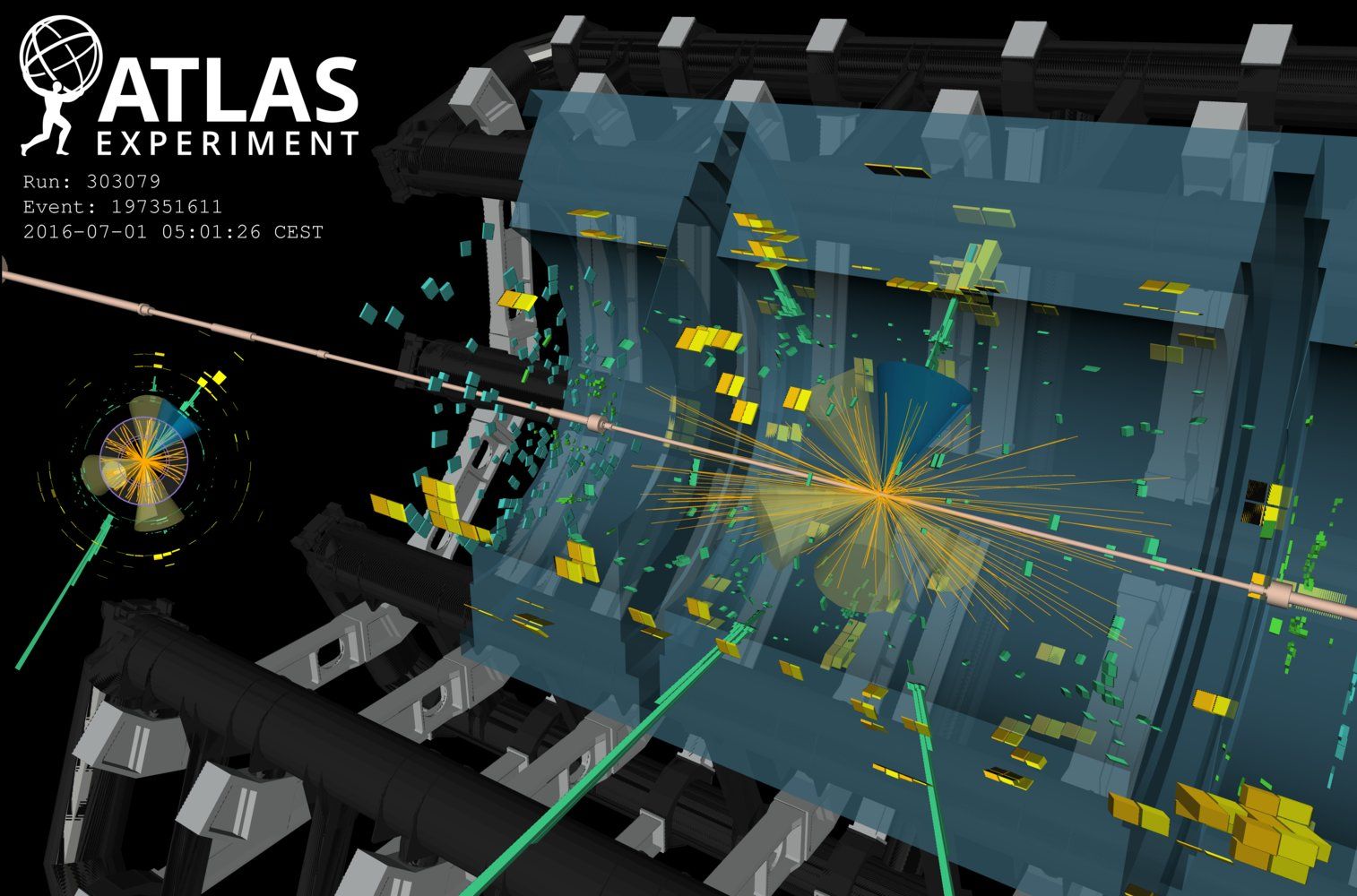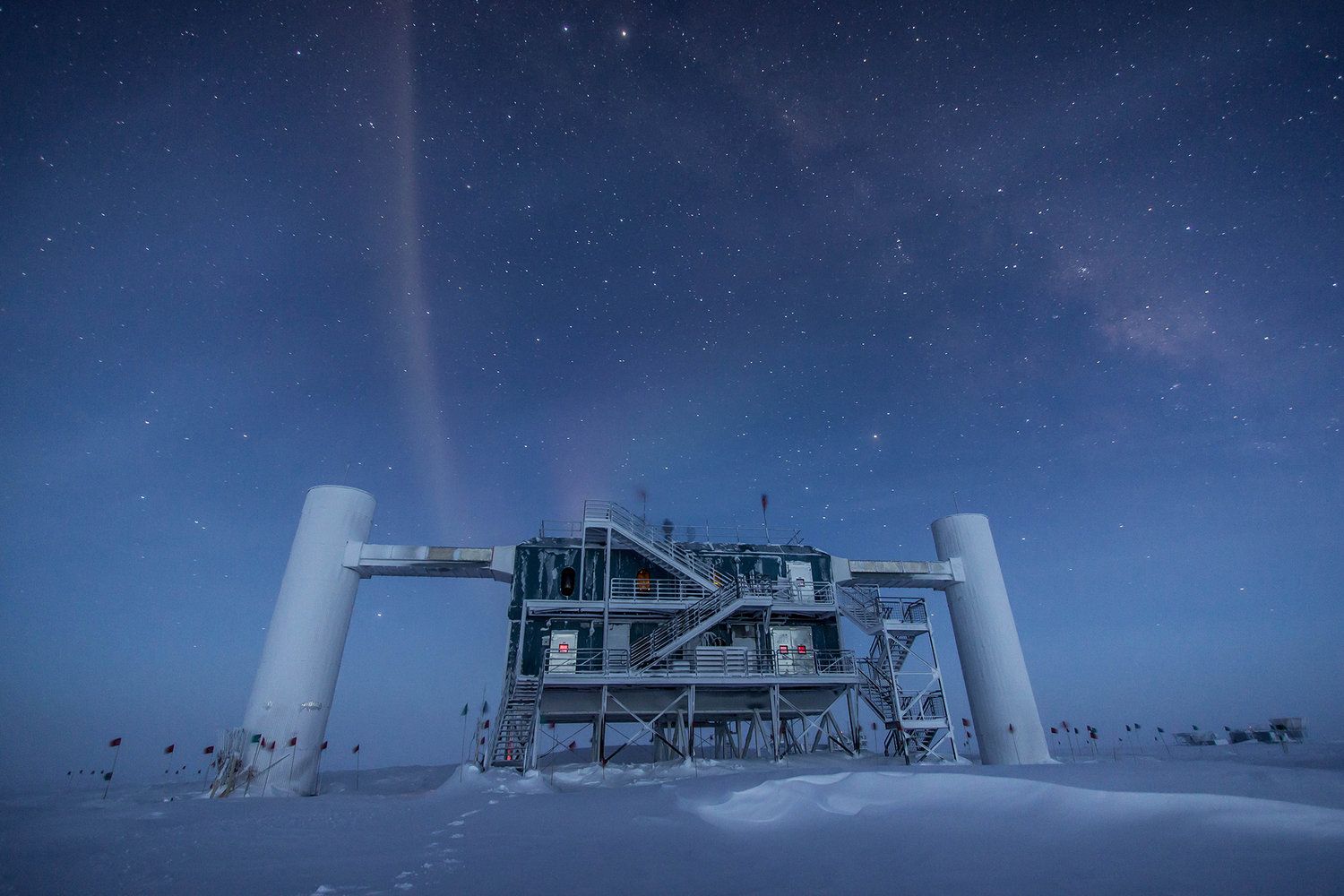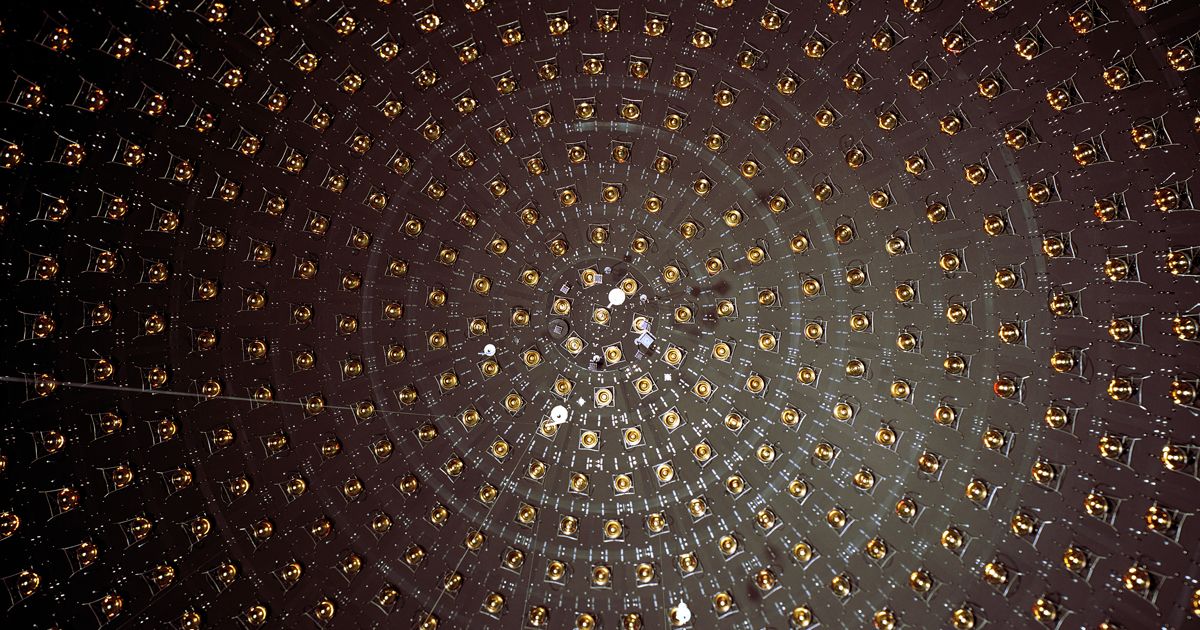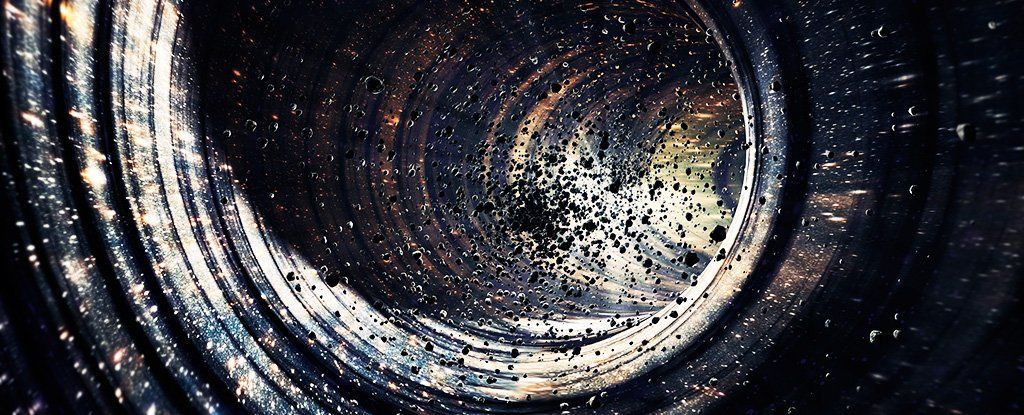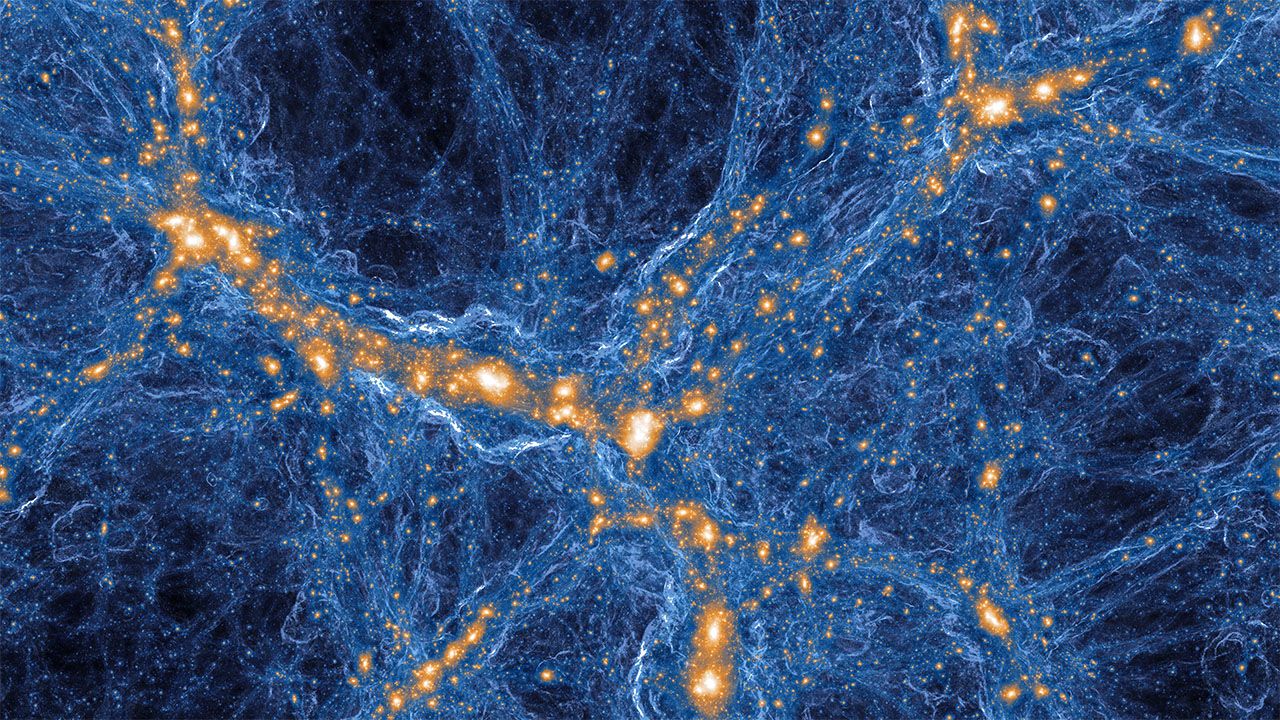Archive for the ‘particle physics’ category: Page 483
Jun 14, 2018
Scientists Have Found Interstellar Dust on Earth That’s Older Than Our Solar System
Posted by Michael Lance in categories: particle physics, space travel
This ancient interstellar dust formed the Earth and the solar system.
Particles collected from Earth’s upper atmosphere, originally deposited by comets, are older than our Solar System, scientists say – and these fine bits of interstellar dust could teach us about how planets and stars form from the very beginning.
These cosmic particles have lived through at least 4.6 billion years and travelled across incredible distances, according to the new research into their chemical composition.
Jun 12, 2018
The KATRIN Tritium Neutrino experiment: A giant scale for the tiniest particles starts
Posted by Genevieve Klien in category: particle physics
Neutrinos are so tiny and inconspicuous that physicists believed for a long time they had no mass. Now, a massive device that scientists say will determine the mass of neutrinos has begun operation in Karlsruhe.
What is the exact mass of the three known kinds of neutrinos? Any answers? No? Well, don’t worry, because nobody knows. Not yet. Electron, muon and tau neutrinos are simply too difficult to grasp for scientists.
Jun 6, 2018
The LHC Has Detected The Higgs Boson Again, This Time With a Massive Twist
Posted by Michael Lance in category: particle physics
What would it say about the fundamental structure of the universe?
Physicists working at the Large Hadron Collider have made a major new detection of the famous Higgs boson, this time catching details on a rare interaction with one of the heaviest fundamental particles known to physics — the top quark.
The brief mingling of these incredibly rare encounters has provided physicists with important information on the nature of mass, and whether there is more to physics than the existing model predicts.
Continue reading “The LHC Has Detected The Higgs Boson Again, This Time With a Massive Twist” »
Jun 5, 2018
The Higgs Boson Has a New Friend
Posted by Genevieve Klien in category: particle physics
The Higgs boson appeared again at the world’s largest atom smasher — this time, alongside a top quark and an antitop quark, the heaviest known fundamental particles. And this new discovery could help scientists better understand why fundamental particles have the mass they do.
When scientists at the Large Hadron Collider (LHC) first confirmed the Higgs’ existence back in 2013, it was a big deal. As Live Science reported at the time, the discovery filled in the last missing piece of the Standard Model of physics, which explains the behavior of tiny subatomic particles. It also confirmed physicists’ basic assumptions about how the universe works. But simply finding the Higgs didn’t answer every question scientists have about how the Higgs behaves. This new observation starts to fill in the gaps.
As the European Organization for Nuclear Research (CERN), the scientific organization that operates the LHC, explained in a statement, one of the most significant mysteries in particle physics is the major mass differences between fermions, the particles that make up matter. An electron, for example, is a bit less than one three-millionth the mass of a top quark. Researchers believe that the Higgs boson, with its role (as Live Science previously explained) in giving rise to mass in the universe, could be the key to that mystery. [Top 5 Implications of Finding the Higgs Boson ].
Jun 2, 2018
A Major Physics Experiment Just Detected A Particle That Shouldn’t Exist
Posted by Genevieve Klien in category: particle physics
Scientists have produced the firmest evidence yet of so-called sterile neutrinos, mysterious particles that pass through matter without interacting with it at all.
The first hints these elusive particles turned up decades ago. But after years of dedicated searches, scientists have been unable to find any other evidence for them, with many experiments contradicting those old results. These new results now leave scientists with two robust experiments that seem to demonstrate the existence of sterile neutrinos, even as other experiments continue to suggest sterile neutrinos don’t exist at all.
That means there’s something strange happening in the universe that is making humanity’s most cutting-edge physics experiments contradict one another. [The 18 Biggest Unsolved Mysteries in Physics].
Continue reading “A Major Physics Experiment Just Detected A Particle That Shouldn’t Exist” »
Jun 1, 2018
Evidence Found for a New Fundamental Particle
Posted by Genevieve Klien in category: particle physics
An experiment at the Fermi National Accelerator Laboratory near Chicago has detected far more electron neutrinos than predicted — a possible harbinger of a revolutionary new elementary particle called the sterile neutrino, though many physicists remain skeptical.
May 31, 2018
A Forgotten Element Could Help Us Redefine The Way We Measure Time
Posted by Genevieve Klien in categories: particle physics, quantum physics, satellites
A rare earth element that doesn’t get much mention could become the key to upgrading atomic clocks to become even more accurate. This could help us explore space and track satellites, and even keep the world’s time zones in sync.
Atomic clocks use the oscillations of atoms under laser fire as a measurement of time, in the same way a grandfather clock uses the swing of a pendulum. They can lose less than a second over 50 million years, depending on the elements used — but scientists want even greater accuracy.
That’s where lutetium (Lu) comes in. It offers both a higher level of stability and a higher degree of precision than the caesium or rubidium of today’s atomic clocks, according to a team of researchers from the Centre for Quantum Technologies (CQT) in Singapore.
Continue reading “A Forgotten Element Could Help Us Redefine The Way We Measure Time” »
May 30, 2018
Galaxy simulations are at last matching reality—and producing surprising insights into cosmic evolution
Posted by Genevieve Klien in categories: evolution, particle physics, space, supercomputing
In general, modelers attack the problem by breaking it into billions of bits, either by dividing space into a 3D grid of subvolumes or by parceling the mass of dark and ordinary matter into swarms of particles. The simulation then tracks the interactions among those elements while ticking through cosmic time in, say, million-year steps. The computations strain even the most powerful supercomputers. BlueTides, for example, runs on Blue Waters—a supercomputer at the University of Illinois in Urbana that can perform 13 quadrillion calculations per second. Merely loading the model consumes 90% of the computer’s available memory, Feng says.
For years such simulations produced galaxies that were too gassy, massive, and blobby. But computer power has increased, and, more important, models of the radiation-matter feedback have improved. Now, hydrodynamic simulations have begun to produce the right number of galaxies of the right masses and shapes—spiral disks, squat ellipticals, spherical dwarfs, and oddball irregulars—says Volker Springel, a cosmologist at the Heidelberg Institute for Theoretical Studies in Germany who worked on Millennium and leads the Illustris simulation. “Until recently, the simulation field struggled to make spiral galaxies,” he says. “It’s only in the last 5 years that we’ve shown that you can make them.”
The models now show that, like people, galaxies tend to go through distinct life stages, Hopkins says. When young, a galaxy roils with activity, as one merger after another stretches and contorts it, inducing spurts of star formation. After a few billion years, the galaxy tends to settle into a relatively placid and stable middle age. Later, it can even slip into senescence as it loses its gas and the ability make stars—a transition our Milky Way appears to be making now, Hopkins says. But the wild and violent turns of adolescence make the particular path of any galaxy hard to predict, he says.
May 27, 2018
Scientists Measure The Pressure Distribution Inside The Proton
Posted by Genevieve Klien in category: particle physics
Inside the proton, there is an immense amount of pressure which is equivalent to a billion, billion times the pressure at the bottom of the Mariana Trench. Scientists at the Thomas Jefferson National Accelerator Facility have measured the pressure inside the proton for the first time. To probe the conditions within the proton, Burkert and his colleagues used an electron beam to probe the inner conditions of a proton. In simple terms, the electrons in the electron beam have energy and this is handed over to one of the quarks. This causes the entire proton to recoil and the quark emits a high-energy photon. By using conservation of momentum and measuring the positions and energies of the photon, proton, and electron in the experiment provides insight into the inner structure of the proton.
